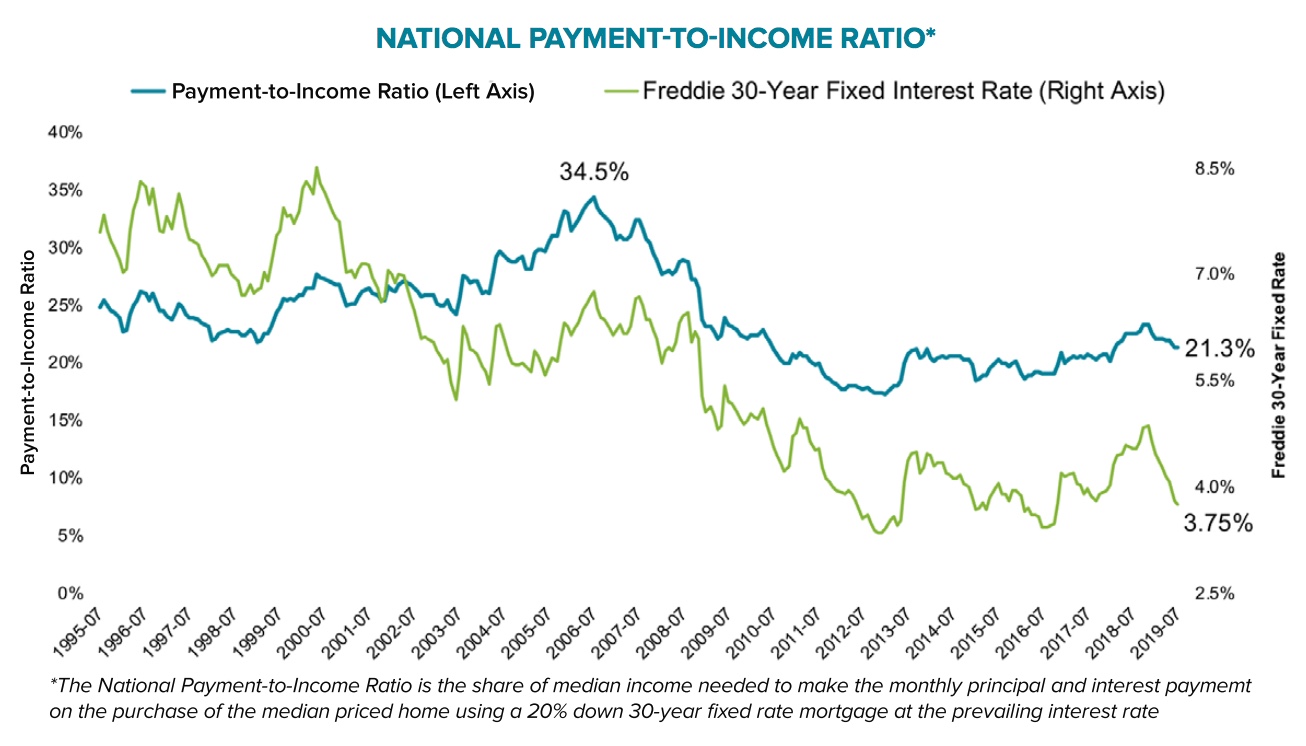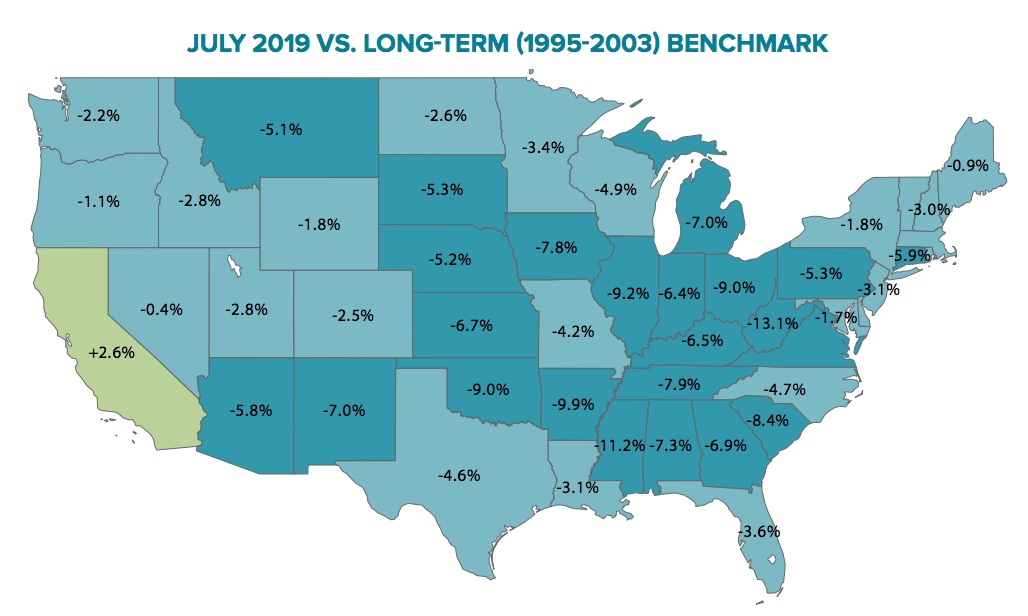People relocating for business, new jobs or simply planning a vacation can benefit from knowing details about the most expensive cities in the United States. Understanding how much it costs to live in a city, and why, can make or break a decision to move. Not surprisingly, California cities dominate the list of America’s priciest cities.
KEY TAKEAWAYS
Cities offer a variety of employment opportunities along with loads of culture, sports, dining, and entertainment.
Because of the desire to live in cities, they can become quite expensive places to live.
In the U.S., New York City is the most pricey to live in, followed by San Francisco - however, NYC is only #9 on the world's most expensive cities.
Fast Fact: The most expensive cities to live in 2019 in the world are Hong Kong, Tokyo, and Singapore. New York City, the only American city to make the top 10, comes in at #9.
1. New York City, New York
New York City leads the pack as the most expensive city in the United States; the city, with a population exceeding 8.3 million, also tops lists of the world’s most expensive cities. The cost of living in New York is a whopping 120% higher than the national average. The average cost of homes in New York is about $501,000, compared to the national average price, which hovers around $181,000; home prices range across the five boroughs, with home prices in Manhattan exceeding $1 million. Everything costs more in New York City, from groceries to public transportation. At approximately 4.1%, as of May 2019, the city’s unemployment rate is lower than the national average of 4.3%, further encouraging people the world over to pin their hopes and dreams on making it in New York.
2. San Francisco, California
People make the decision to leave San Francisco every day, as the city’s staggeringly high cost of living and out-of-reach housing prices have been known to break many a bank. Homes cost an average of $820,000 inside the city, whose major industries include tourism, IT and financial services. It takes more than $119,000 to live well in San Francisco, but unemployment remains extremely low at just 1.9%, as of May 2019, due to highly favorable conditions offered to entrepreneurs and the one-third of all U.S. venture capital that these up-and-coming businesses attract.
3. Honolulu, Hawaii
Honolulu residents pay a lot of money for just about everything. Groceries alone cost 55% more than anywhere else in the United States; utilities cost 71% more than the national average. At $58,397, the average household income does not far exceed the average income of other expensive cities in the country. However, people in Honolulu can expect to pay 87% more than the average American pays for one dozen eggs. Honolulu enjoys an exceptionally low unemployment rate of 2.8%, as of May 2019, which means that, if nothing else, people with jobs on this Pacific island paradise can afford to eat omelets.
4. Boston, Massachusetts
Groceries and health care cost a lot of money in Boston, exceeding the average national cost by more than 20%. The city enjoys a robust higher education environment, a booming tech scene that rivals Silicon Valley and historic sites dating back to the 13 original colonies, which makes it one of the nation’s leading tourist destinations. All of these add up to an unemployment rate of 3.6%, but city residents fork out big money to live in Boston; the average home value hovers around $374,000, the median household income averages about $53,163, and it takes approximately $84,000 to live well.
5. Washington, D.C.
Being the seat of the world’s most powerful nation accounts for Washington, D.C.’s high cost of living. Government and private-sector jobs abound in the city, thanks to numerous federal agencies, think tanks, lobbying firms and a robust tourism sector. Average home values in the District stand at approximately $443,000, and the average household income is about $64,267. Similar to Boston, it takes about $83,000 to live well in Washington, D.C.
6. Oakland, California
Being located on the opposite end of the Bay Bridge might make living in Oakland a cheaper alternative to San Francisco, but the city is still a more expensive place to live than most cities in the United States. For $1,673 per month, renting an apartment in Oakland costs double the price of renting in other U.S. cities; the average home value runs about $449,800.
7. San Jose, California
Anyone looking to escape high prices in the Bay Area can head south to San Jose, located within commuting distance of San Francisco and Oakland. The presence of Silicon Valley makes everything in San Jose expensive, including housing that averages about $575,000. The median household income hovers around $81,000. The numerous tech industry employers in the city account for a well lower-than-average unemployment rate of 2.4%, as of May 2019.
8. San Diego, California
A strong defense department presence and military contracting firms, such as Northrop Grumman Corporation (NYSE: NOC) and Science Applications International Corporation (NYSE: SAIC), make California’s southernmost city one of the priciest in America. The cost of living in this city of approximately 1.3 million is 30% higher than the average cost of living in the United States. San Diego’s median household income hovers around $63,990, meaning that many residents can enjoy luxuries such as high-end eateries, yacht clubs and other pricey forms of entertainment. The average home value stands at approximately $477,800. San Diego’s unemployment rate of 3.8% edges close to the national average.
9. Los Angeles, California
Los Angeles brings to mind wealthy, glamorous movie stars, but the movie industry plays a small role in the city’s booming economy. The city's shipping industry also plays a role, as the Port of Los Angeles is one of the busiest ports in the world. A bustling manufacturing sector and a noteworthy start-up scene contribute to the city’s high cost of living. Certain ZIP codes, such as the much-ballyhooed 90210, drive up housing costs; the average home value in Los Angeles is $470,000. The median household income is around $49,745. It takes approximately $74,371 per year to live well in Los Angeles, and more than 20% of the city’s residents live in poverty.
10. Miami, Florida
Miami is the only southern U.S. city ranking on the top 10 most expensive list. A high population of wealthy foreigners, the presence of numerous international financial institutions and the busiest cruise ship port in the world give life in Miami a high price tag. The city’s average household income stands at about $48,100, and the unemployment rate of about 4.4% is just a hair above the national average. It takes about $77,000 to live well in this stylish city replete with newly constructed residential and commercial buildings.







